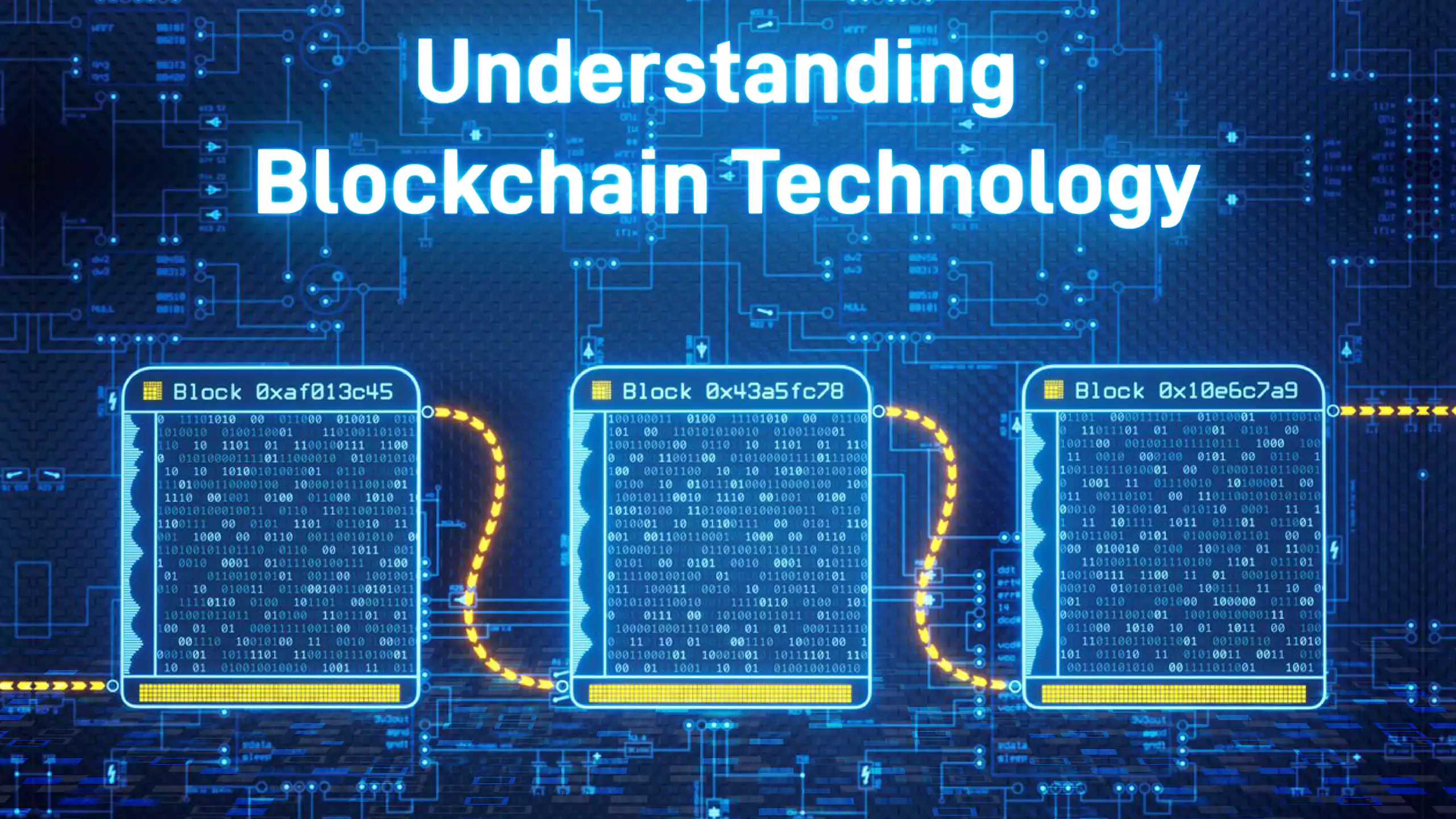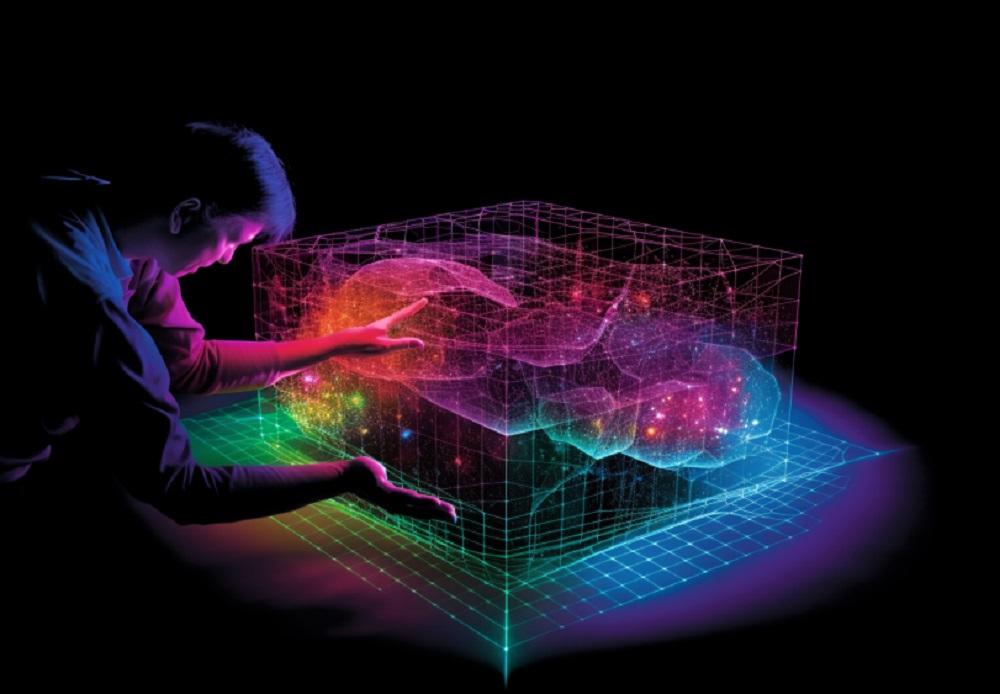The simplest way to understand blockchain is to first think of it to secure data. But of course, it's not as simplistic as it sounds.
We understand that the underlying technologies present the real crux. So, in this article, we discuss blockchain technology by breaking the subject into simple, crispy chunks or blocks.
Let's begin.
What is a blockchain?
A blockchain is an immutable, decentralized peer-to-peer ledger copied across several network nodes. Blockchain is a method of structuring data, a ledger that keeps track of accounting records. Think of this ledger as a book that is never finished, and every page contains a piece of information and a page number that helps track where the page belongs.
These pages are called blocks, and though they aren't numbered, each block has a timestamp. A new block is added after the block with the most recent timestamp. A block is immutable, meaning it cannot be altered. With the help of cryptography, we get to notice when any information in the book is changed.
This attribute makes the blockchain an excellent data structure to keep track of valuable records. For example, take Bitcoin's blockchain; each block contains information about Bitcoin, stating who sent a specified bitcoin value and to whom. This enables you to check the Bitcoin owner at a given time.
Types of Blockchain
A blockchain may be public, private, or hybrid. It is public, transparent, non-restrictive, available to the public, and consensus validates a new transaction. Examples are Bitcoin and Litecoin. Private blockchains are restrictive and centralized.
They run on a closed network of users and are often used by enterprises for recording sensitive data. Examples are Hyperledger, used by Walmart to track its food supply chain.
A hybrid blockchain combines both public and private blockchains. It requires permission to join but is as transparent and secure as a public blockchain. In addition, its access-driven control features make it possible for users to select which users get to view or add data to the blockchain.
Below are a few terms to enhance our understanding of blockchain technology.
Node
A node refers to any electronic device such as a laptop, server, or computer that is part of a peer-to-peer network and maintains its own copy of the blockchain.
It can validate or reject a block of transactions and save and store the transaction history inside a block.
Ledger
A ledger records transactions such as supply chain details, including payments, property contracts, and supply chain information.
SHA-256
This cryptographic algorithm accepts inputs of any length, shakes up the data, and returns a hash that is 64 characters or 256 bits long. This hashing algorithm moderates the creation and management of addresses and helps verify transactions.
Mining
This refers to how new transactions are verified and recorded on a blockchain using special mining software.
Merkle Tree
Also known as the "hash binary tree," the Merkle tree is a data structure for securely and efficiently storing blockchain transactions. The Merkle tree provides a summary of all transactions in a block, representing the digital fingerprint of the entire set of transactions.
How Transactions are Recorded in a Blockchain
Blockchain miners run special blockchain software that links their computers for communication purposes. When a computer installs the software, joins the network, and starts to mine, it becomes a node.
Certain steps are involved in a blockchain transaction, and these are discussed below:
The originator of the transaction signs the transactions
Digital signatures are foundational building blocks in blockchain technology to confirm authentic transactions. The sender of the transaction encrypts the message using the private key and data. So, for example, Sean must digitally sign a transaction he's looking to enter with Sheldon using his transaction information and private key and transmit it to nodes on the blockchain network.
A transaction is transmitted to the network
Here, a transaction broadcast to the network is verified by available nodes.
Nodes authenticate the transaction
At this stage, all available nodes will verify Sean's transaction, public key, and digitally signed transaction to confirm the transaction.
Mempool stores valid transactions
Valid transactions stored by the mempool will await confirmation by the network. Then miners bundle transactions pulled from the mempool into a block.
Miners use consensus to validate and add the block
Miners have to solve a computational puzzle before adding a block to the chain. They find the nonce (number used once), such that a hash of the block is less than or equal to the blockchain network's current target, called Proof of Work (POW). This POW enhances blockchain security as altering a block requires an alteration of other blocks.
When the cryptographic challenge is solved, the first successful miner transmits the new block via the Gossip protocol, and once verified, it is appended to the blockchain network.
How Secure is Blockchain?
Blockchain security is underpinned by three factors: immutability, transparency, and consensus.
By immutability, you cannot alter a transaction on a blockchain as every block is encrypted. Instead, you can either write once or append, and any modified block becomes invalid.
Many blockchains are open-source software. This implies that anybody and everyone may read its code. There is no clear authority on who controls the code or modifies it. Because of transparency, anybody can offer adjustments or additions to the system if a majority of the network users believe that the new version of the code with the upgrade is sound and valuable.
Consensus involves the agreement between nodes within a distributed blockchain network regarding the true state of the network to ensure transactions are valid, using Proof of Stake or Proof of Work. Blockchain technology is also decentralized and distributed across several nodes, making it transparent. For example, if a user tries to forge a transaction in a blockchain, other nodes in the blockchain network will cross-reference and pinpoint the node with the incorrect data.
Conclusion
Blockchain technology has impacted the way we live. Though its high energy consumption in solving cryptographic puzzles and susceptibility to attacks remain its biggest setbacks, it has disrupted our world in no small measure. Even though it is a technology in decentralized finance and supply chain management, it has also enabled other technologies such as NFT marketplaces, IoT operating systems, cross-border payments, and many more.






